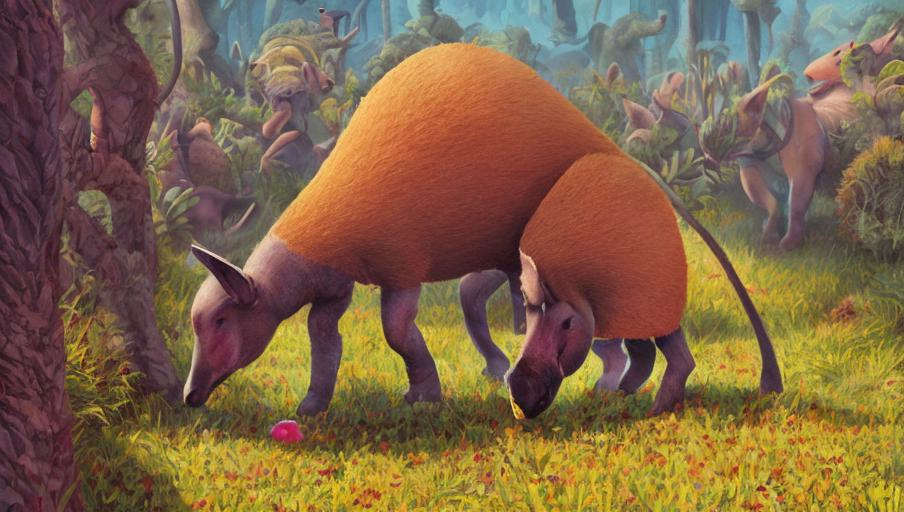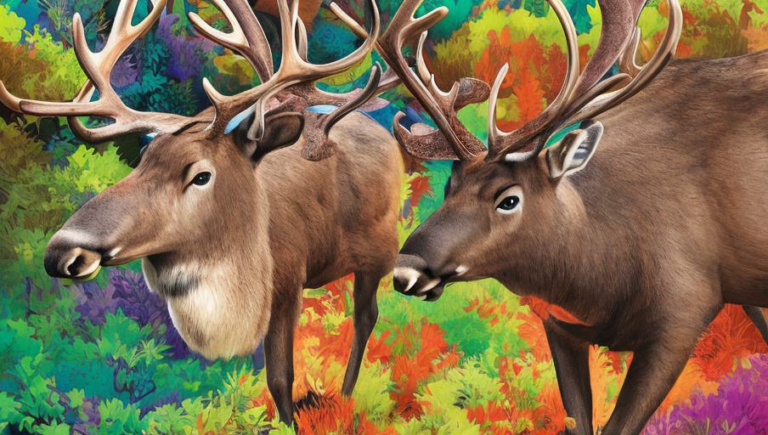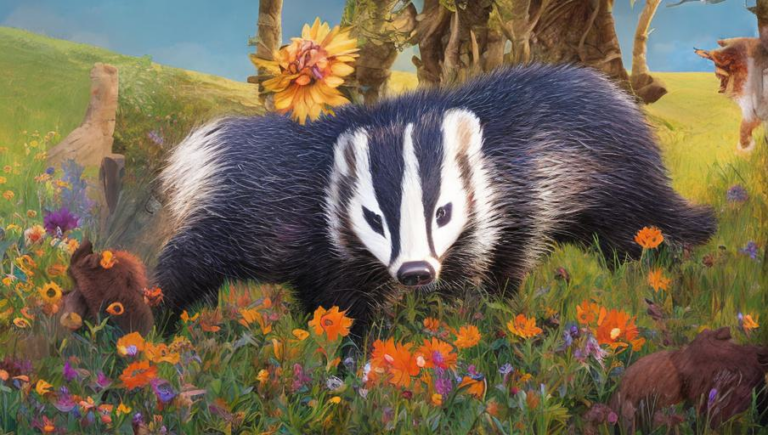All About Aardvarks: A Guide to Their Unusual Behaviors

Introduction to Aardvarks
An aardvark is an animal that is native to the African continent. It is a mammalian species that is related to the anteater and is the only living species in the Orycteropodidae family. Aardvarks are nocturnal animals, and they are most active at night, when they look for food. They live in burrows in the ground and can be found in a variety of habitats, including grasslands, woodlands, and savannas. Aardvarks have a unique physical appearance, with a long snout, powerful legs, and a thick tail. They are also well-adapted to their environment, with sharp claws that allow them to dig and powerful senses that help them find their food.
Unusual Aardvark Behaviors
Aardvarks have several interesting behaviors that set them apart from other animals. They are primarily solitary creatures, and they use their strong sense of smell to find food and detect predators. Aardvarks are also great diggers, and they can create lengthy tunnels in the ground that they use for protection. To cool off during hot days, aardvarks will roll around in mud and then use their tail to spread the mud across their bodies for added insulation.
Aardvark Diet
Aardvarks mainly feed on ants and termites, which they find using their long snouts and sharp claws. They can also consume other types of insects, as well as fruits and vegetables. Aardvarks can eat up to 50,000 insects a night, which is an impressive feat!
Aardvark Communication
Aardvarks have a variety of ways to communicate with each other. They use their snouts to sniff for danger and to find food. They also use their tails to signal to one another, and they make a variety of noises that range from loud honks to soft grunts. Aardvarks can also communicate through body language, such as raising their tails and wagging their heads.
Aardvark Reproduction
Aardvarks reproduce by mating, and the female will give birth to one or two cubs after a gestation period of seven months. The cubs are born blind and deaf, but they quickly grow in size and strength. The mother will nurse the cubs for several months before they are able to begin foraging for food on their own. Aardvarks are typically solitary animals, but they do come together to mate and raise their young.
Conclusion
Aardvarks are fascinating creatures that have a variety of interesting behaviors. They are nocturnal animals that feed primarily on ants and termites, and they use their strong sense of smell to detect predators and find food. Aardvarks are also great diggers and use their tail to cool off in hot weather. They communicate through sniffs, grunts, and body language, and they reproduce by mating. Aardvarks are an important part of the African ecosystem, and we should all do our part to protect them!




